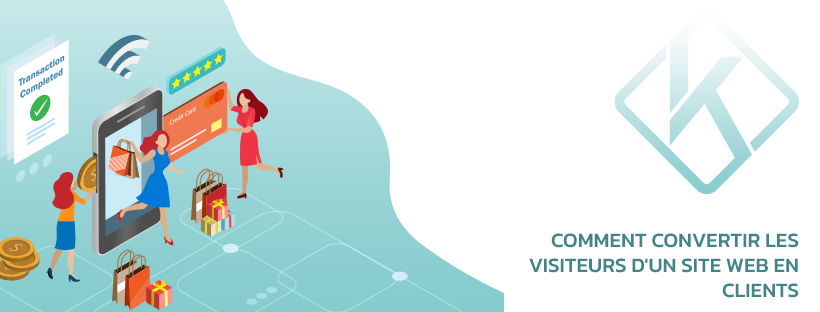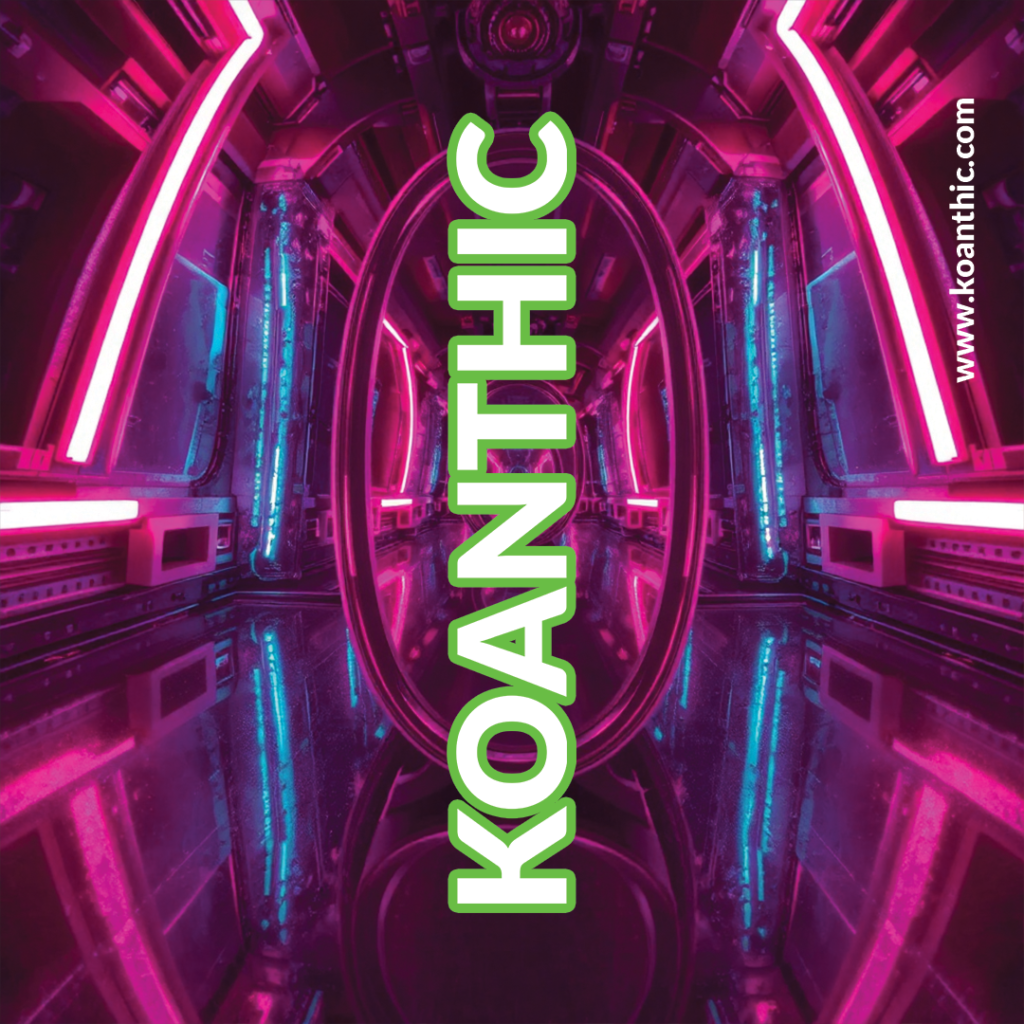Ready to launch your online business?
How to convert website visitors into customers. Discover ways for your online store to generate conversions and increase loyalty.
Now you can sell your products or book appointments directly from your website, thanks to Koanthic‘s commerce solutions. What’s more, our integrated marketing features help you boost sales and grow your business.
Attracting people to your website is important, but it’s only the beginning. Once they’ve arrived, you need to pique their interest, encourage them to explore your site and, ultimately, turn them into customers. By ensuring this conversion, you’ll boost sales from new customers and increase repeat purchases from your existing audience.
Converting website visitors into customers should be a top priority for all online marketers,
Use these tips to turn your website visitors into loyal customers.

As soon as a visitor arrives on your website, they should be able to find what they’re looking for and make a purchase in as few clicks as possible. Navigation must be intuitive, i.e. easy to use and understand for any visitor.
It should be simple to find information about your company, get answers to questions, navigate between product categories and make a purchase.”
A clear taxonomy – the way you classify and group elements on your website – makes site navigation work. When done right, visitors can easily find what they need.
Take a look at Google rankings.
Use Google Trends to see how words or terms in your industry rank. What people are looking for can inspire better wording to describe your products.
Study your own traffic.
Once you’ve established yourself, you can examine your own website’s search results to see how visitors generally conduct their searches. A jewelry store, for example, might find that visitors are more interested in “pendants” or “chokers” than “necklaces”.
Create a destination of choice
A good end-to-end website experience, which is visually pleasing, streamlined and easy to use, is essential to attract visitors. To encourage people to convert, offer them a website that is informative and relevant to their needs and interests. The pages to which your promotions lead them should highlight the sale or item being promoted and the prices advertised.
Focus on the following elements if you want to create a website that encourages conversions.
Lively visuals.
Inspiration is everything. Images should clearly show your product from several angles and allow the user to click and enlarge to see more details. Videos should be short and to the point, showing examples of how your product is used.
Efficient performance.
Your website menus should be user-friendly and include drop-down sub-menus for different areas. Links must load quickly and be obvious to the user, so they know where to click. Your internal search button should be easy to find.
A strong call to action (CTA).
When your visitors are ready to convert, facilitate their purchase with a prominent CTA button, such as Add to Cart or Buy Now.
Peer review.
The opinions of people who have already bought can have a big impact on buyer conversion, so be sure to feature reviews and testimonials.
Establish a relationship with visitors
New visitors are more likely to become loyal customers if they feel an affinity with your brand. Start building a relationship with new customers before they make their first visit to your website.
Social media can be a great place to start getting to know your potential customers and introducing them to your brand. You may have a robust group of followers, and not all of them are customers, so encourage them to share their contact details to start the conversation.
Here are some ideas for opening the lines of communication that lead to conversion.
- Collect visitor contact details. Forms can be used to collect information about visitors to your website and encourage them to agree to receive e-mails and other communications from you. This will help you build a contact list of people interested in your brand, which is the basis of an effective e-mail marketing program.
- Send welcome automations. Once someone has opted-in to receive emails from you, a series of welcome emails can introduce them to your brand and include a special offer to encourage them to make their first purchase. You can then send automatic e-mails to communicate with them at key moments in their customer journey.
- React to customer behavior. Other automated e-mails can be triggered by your customers’ actions, offering them relevant messages and freeing you up for other work on other business topics. These can be product recommendations based on the type of items a person has previously viewed, or e-mails suggesting best-selling products they might enjoy.
Use surveys.
Everyone likes to be asked their opinion. It’s easy to create a survey asking your customers what types of products or categories they’re most interested in, which can help you better understand what they want and improve your future targeting.
Offer incentives. To encourage first-time and repeat purchases, offer additional benefits based on customers’ spending levels. For example, you can promote free delivery over a certain purchase amount, or a percentage discount based on the total value of the purchase.
Special offers can also be extended to future purchases – for example, if a customer spends $150 today, they can receive a $50 credit towards their next purchase.
Make the most of every opportunity
Even if your customers don’t buy today, there are still ways to encourage them to buy. It’s important to find ways to engage your customers in real time, so you can respond in a relevant and authentic way.
Connecting your contact data to a customer relationship management (CRM) system will help you organize what you know and see patterns in your data. This data can help you segment your customers, create personalized messages that meet their needs and encourage them to convert.
Use these tools to maximize all your sales opportunities.
Automate abandoned baskets.
Nearly 70% of online shoppers abandon their shopping cart before checking out. If someone visits your website and puts something in their shopping cart but doesn’t follow through, an abandoned cart email can be automatically generated to remind them to come back and make the purchase.
Retargeting ads.
Keep people interested even after they’ve left your website with retargeting ads on Facebook, Instagram and Google. These can remind visitors to come back to your website when they’re ready to buy, and help you recover lost sales.
Paid search .
Paid search brings quality traffic to your website, as it’s based on consumer demand, and can be invaluable in engaging old and new visitors alike. Use a balance of text and product ads to maximize search opportunities and generate traffic.
Make sure that all your digital ads are deactivated when offers expire, so that customers aren’t disappointed when they arrive on your website and can’t take advantage of a sale.
When someone arrives on your home page, they need to see content that’s up to date. You don’t want them to be greeted by vacation promotions in January. And you don’t want to appear insensitive if your site doesn’t reflect what’s going on in the world around you.
Simplify communication
Communication is the cornerstone of any good relationship, and customers are more likely to engage with your website and convert if they know how to contact you.
Highlight all your contact information, including your phone number, email address, social media links and physical address if you also have a store. A live chat function can also be useful for answering simple questions quickly and efficiently.
Set a 5-star standard for communication and customer support. If you can’t answer a question right away, be transparent about it, and set expectations with an e-mail or other reply letting them know you’ll get back to them as soon as possible.
Ready to launch your online business? You can sell your products or book appointments directly from your own site, thanks to Koanthic’s e-commerce offerings.












